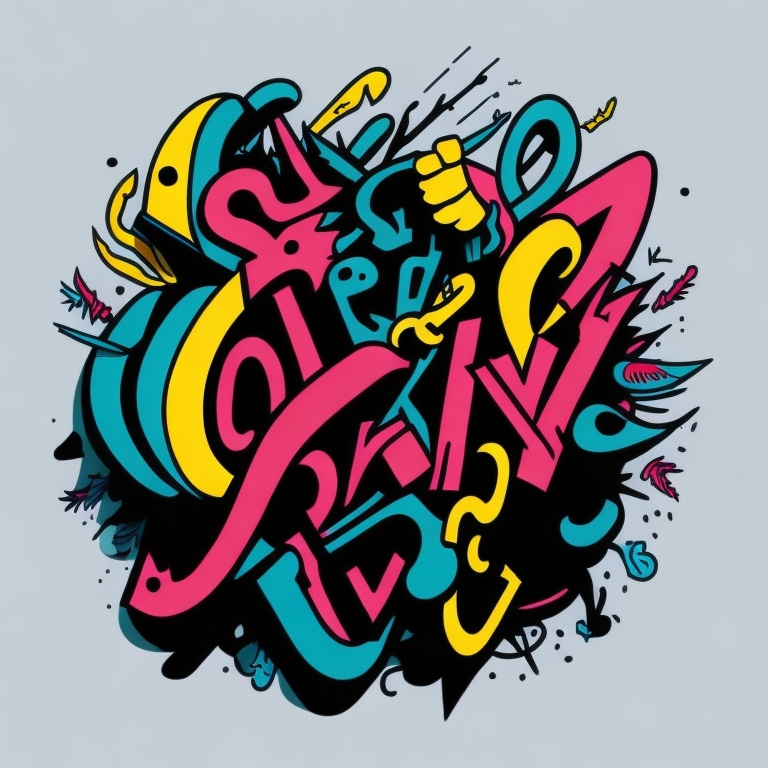Using ChatGPT as a creativity tool in science
A brainstorm in your pocket
First, we should remind ourselves what creativity is: contrary to what the word implies, this is not about generating ideas out of thin air, but creativity is rather about connecting known elements in new ways that are useful. Given this view of creativity, large language models (LLMs), such as those on which apps such as ChatGPT run, can be enormously beneficial.
One benefit of using LLMs in this way is that this use case is much less prone to some of the potential risks and drawbacks of using these models that are often discussed. For example, hallucinations don’t matter, and it also don’t matter if the model gets facts right or uses the right sources. This is just basically about combining text and concepts in interesting ways.
So how do I do this? Here’s a step-by-step guide.
I use ChatGPT 3.5, the free version of the chatbot that is offered by OpenAI. You can basically use any LLM, most likely. I don’t want it to search the web though, so I do not use BingChat (which in creative mode uses the more advanced GPT 4), since then it always searches the web (this can’t be switched off apparently). I am just interested in text generation and recombination, not in looking for facts or sources/ references.
Creativity is about combining things. So the starting point of the exercise is to derive concepts to combine, typically two, but it can also be more than two. Let’s say you have two concepts. For this exercise to be useful, the concepts or topics should be relatively broad. When the topics are too narrow, the LLM lacks the pertinent domain knowledge to come up with something useful, im my experience. Plus, I am just more interested in connecting broad concepts. Examples of broad concepts are: global change, environmental management, generative AI, soil biodiversity, and similar topics or concepts. Find the two you wish to connect (and yes, this is where the creativity already starts).
This is about language. So after you have <topic A> and <topic B>, then produce a list of descriptors that you can use in the LLM. Let’s say one topic is global change. You can also express this as ‘global environmental change’, or you can start listing examples ‘invasive species, chemical pollution, warming, drought’. Thus, produce a list of terms that can stand for your two topics. Try out (see next steps) which ones work best.
Creativity is about connecting things in new ways, and brainstorming is about generating lots of ideas from which to pick the useful ones in the end. So the goal with ChatGPT now is to have it generate a lot of ideas that connect between your two concepts. So, you would write a prompt like: “Please generate new and unusual links between <topic A> and <topic B>; please produce a bulleted list of 20 such links. “ The important thing is to have a large number being produced. Check after the 20 if this goes in the right direction or not, you may have to refine your search (see points 3). Then, you can have the model create more output by just repeating the prompt, the output will always be slightly different. And you can ask it for 100 bullet points. This is the list from which to pick.
Now comes the part where you review the output, checking for connections that resonate with you, that are surprising to you or that seem interesting. It is very important to realize that most output will simply not be interesting at all. But that doesn’t matter. You are just after the 1 or 2 gold nuggets hidden in the output. The skill is to recognize those (just like in brainstorming, it is one skill to generate material, and a separate skill to recognize the good ideas). Once you have found good idea, copy them into a separate document, and discard the rest. Repeat as necessary!
If you find interesting links you can also try prompting the model to produce more on this particular topic. In other words, this can become iterative, honing in on topics that resonate with you.
This is it, from now on this merges with your normal workflow. You integrate the ChatGPT-generated ideas with your own ones and proceed to generate your output (a newsletter, a viewpoint paper).
I hope you find this useful. Try it yourself! I have used this several times and gotten interesting ideas out of this. It truly is a brainstorming too in your pocket. It shouldn’t and doesn’t replace brainstorming with people, but it is just another tool to try out.
Let me know what think! What are your experience with this? Do you have any suggestions for improvement? Please let me know in the comments.
Also made a YouTube video about this that you might find interesting:



Because everything on the internet should first be tested with cats.
Cat Carbon Footprints:
Cats emit a unique greenhouse gas when they purr, contributing to the overall carbon footprint of pet ownership.
Cat-Operated Electric Cars:
Cats control miniature electric cars, encouraging sustainable transportation and reducing human carbon emissions.
Cat-Composed Climate Symphonies:
Cats compose soothing music that helps calm anxious humans during climate-related events, reducing stress-induced emissions.
Definitely amusing! I'll have to think more about using it in more constructive ways.
Thanks for the post- I really appreciate the running theme of creativity in science!
I like applying systems thinking to the 5 elements as the Ancients knew it (TCM, Humorism, and etc.)
That itself bridges interesting ideas to medicine, communication and etc.